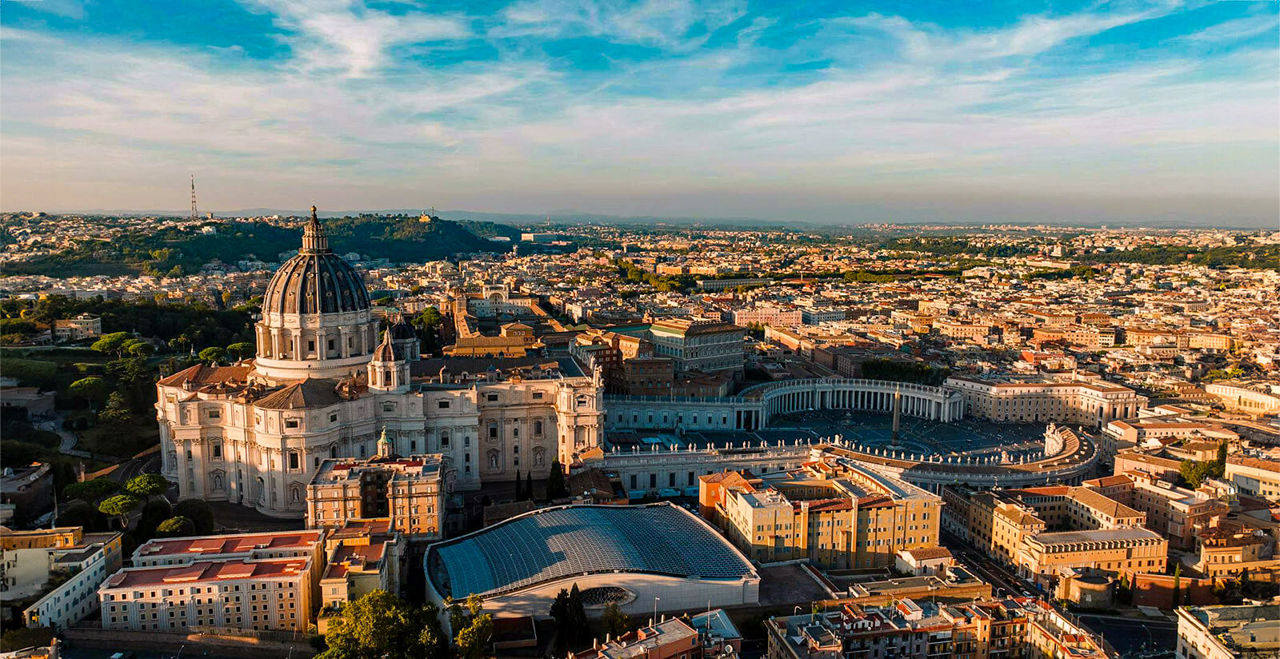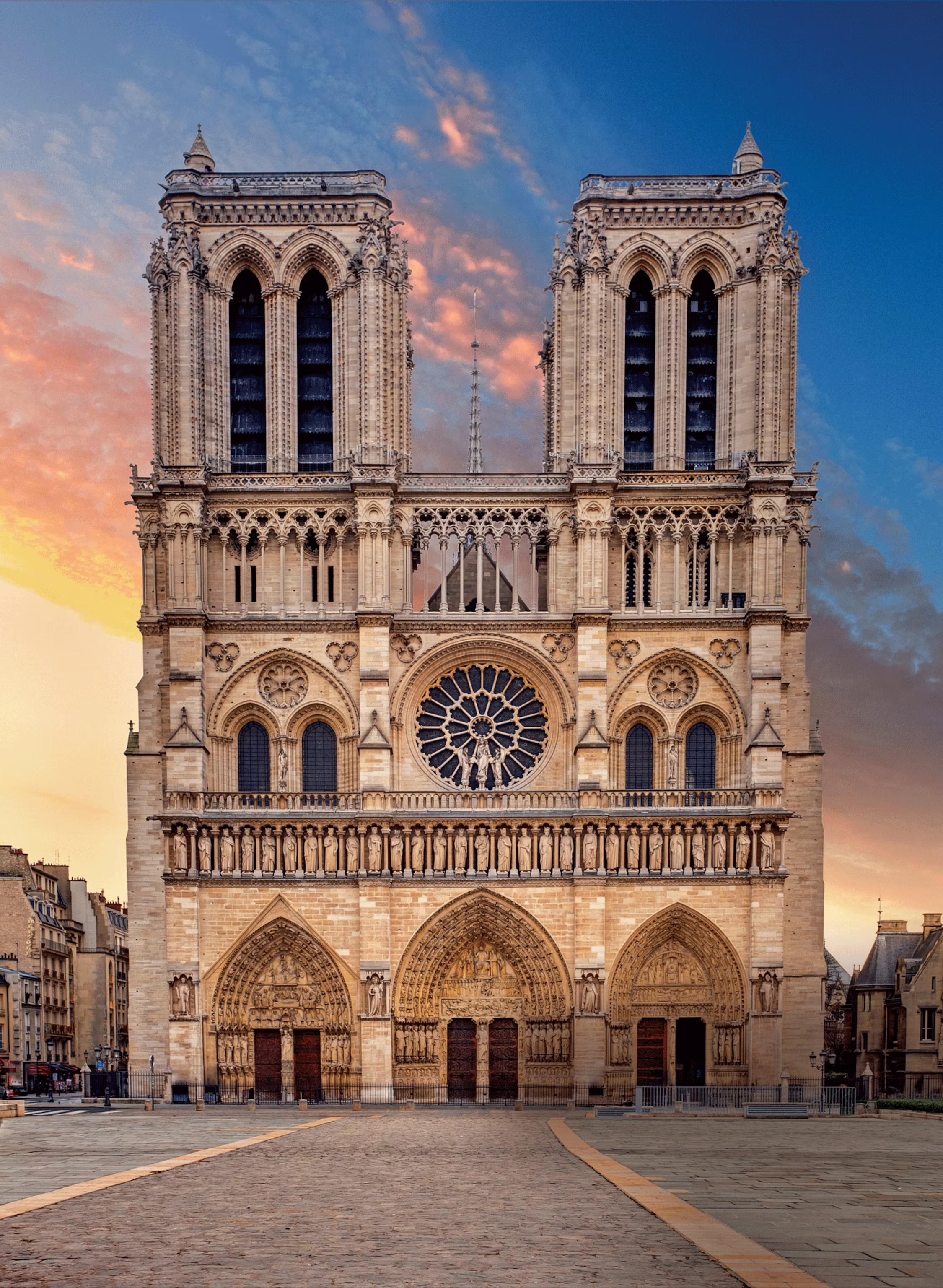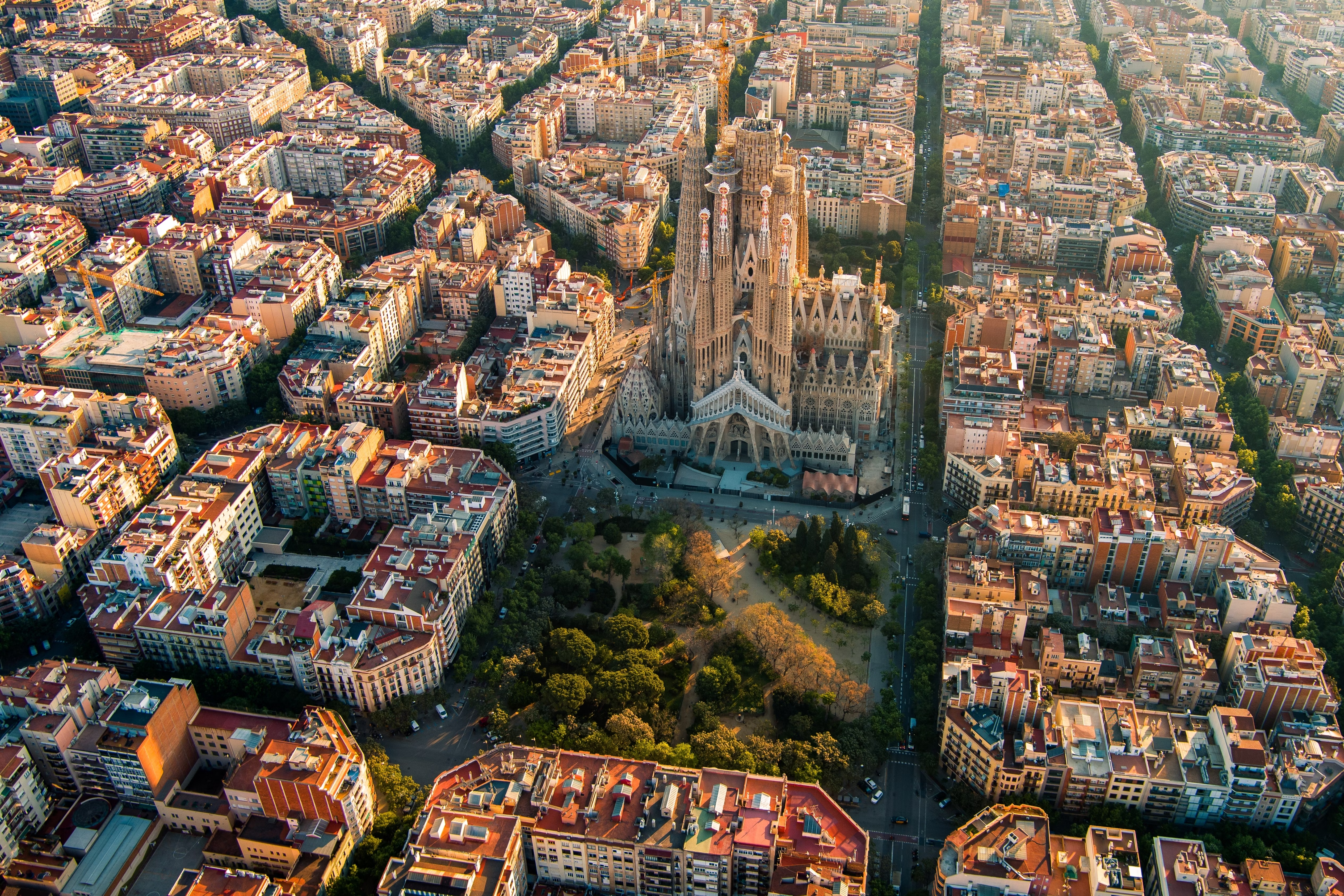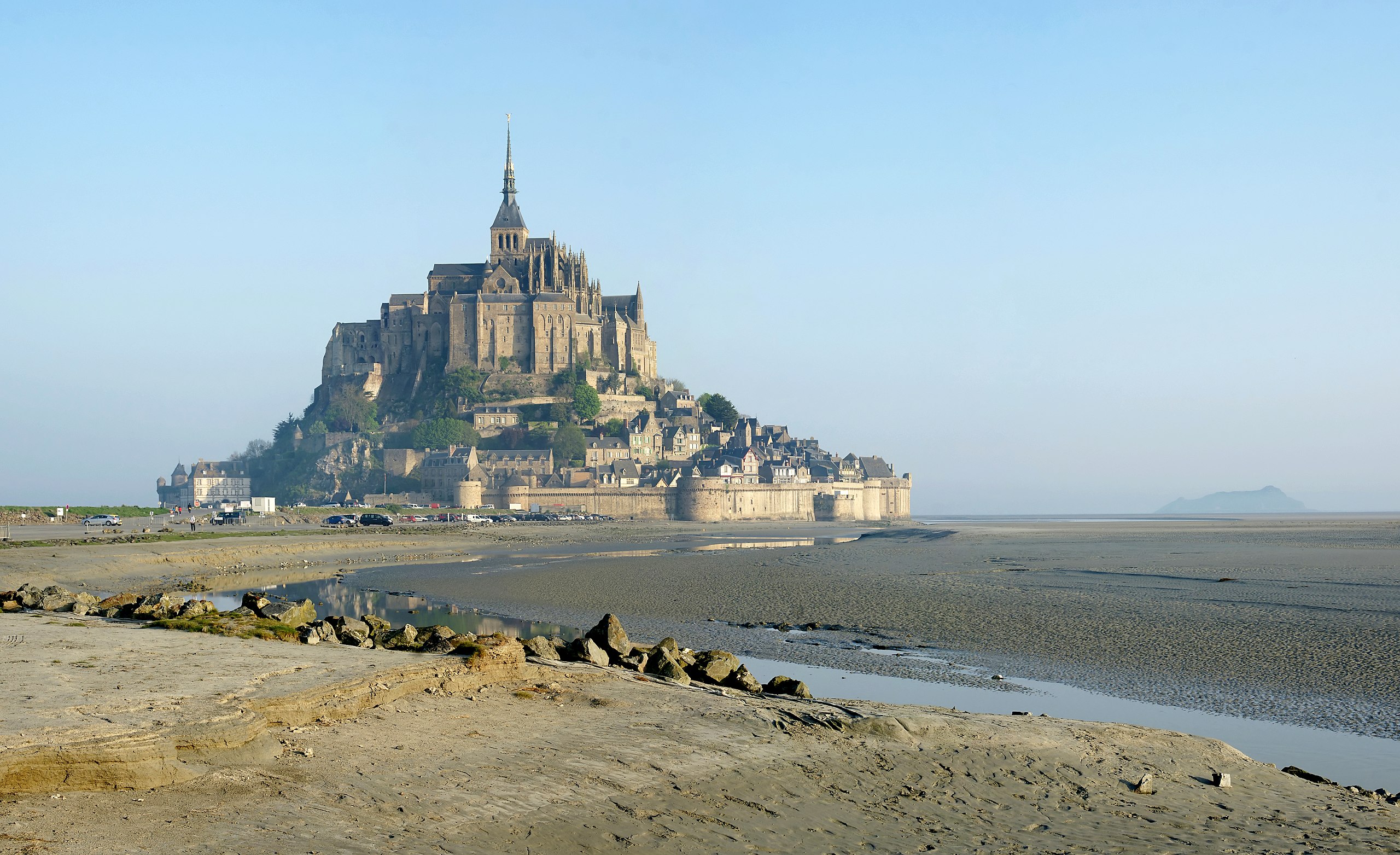
Notre-Dame de Toute Grâce
Built as a sanatorium church in the French Alps, Notre-Dame de Toute Grâce is famous for its remarkable collection of modern art by some of the 20th century's greatest artists. The church features works by Matisse, Chagall, Braque, Léger, Bonnard, and others, representing a significant reconciliation between modern art and religious expression in the aftermath of World War II.
Historical Context
Notre-Dame de Toute Grâce was constructed during the modern period, specifically between 1937-1950. This era was characterized by significant developments in architectural techniques and religious expression.
The construction was commissioned by local religious authorities and took place during a time of industrialization and new construction technologies. The building has survived through centuries of history, witnessing the French Revolution, World Wars, and modern restoration efforts.
Over the centuries, Notre-Dame de Toute Grâce has undergone several renovations and restorations, each adding to its historical significance while preserving its original character and purpose.



